The final miles of the trail were memorable. I didn’t expect to love Maine as much as I did. Of the 14 states, I think it was my favorite, and not just because it was the last one. It was remote and wild, full of big mountains and pristine views.
One of the things I loved most about hiking in Maine was all the water. Every day I passed multiple mountain lakes, ponds, creeks, and rivers. I kept wishing it were a little hotter so that I could take advantage of the copious amount of swimming holes. I’m certain there were brook trout in all that water too. I think someday I’d like to revisit the Maine section in the heat of summer, with a swimsuit and a fishing rod.

Water has its disadvantages too. This year was one of Maine’s wettest years in recent history, breaking multiple records for rainfall. All that rain, including Hurricane Lee in September, caused the rivers to rise much higher than usual. The AT in Maine has many unbridged water crossings and the high water levels made these some of these crossings quite dangerous. After one particularly dicey crossing, I decided to proceed with caution. I took an unplanned zero in the final trail town of Monson to buy some time to let the water levels recede and took an alternate route the next day to avoid two additional dangerous water crossings.
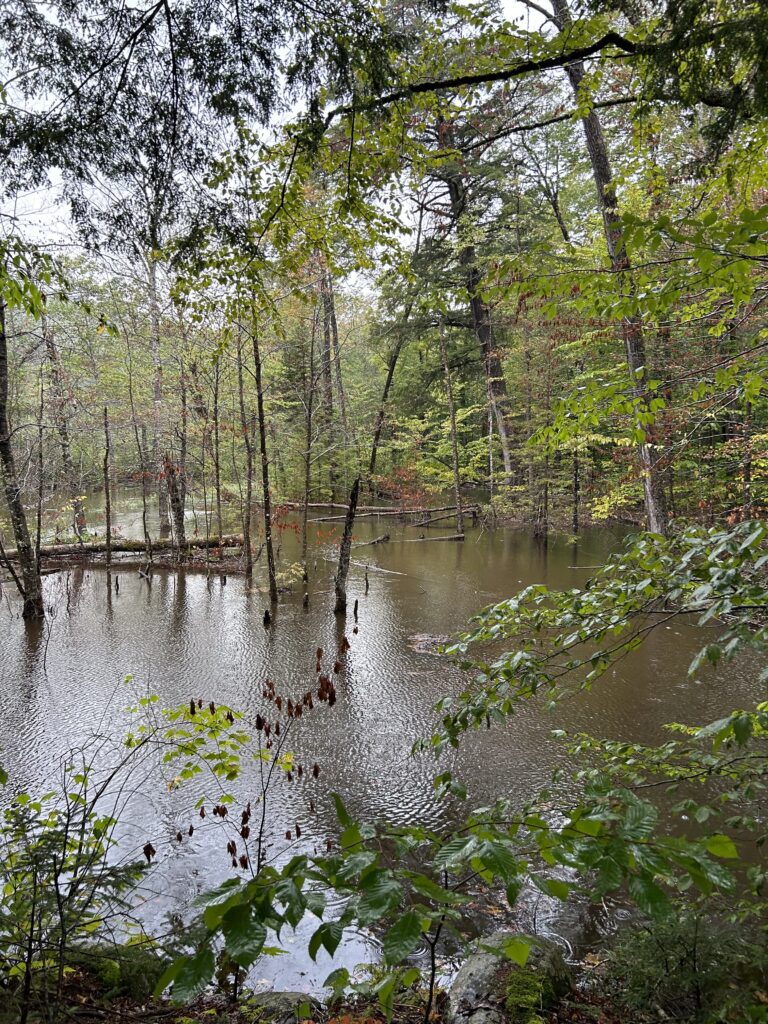
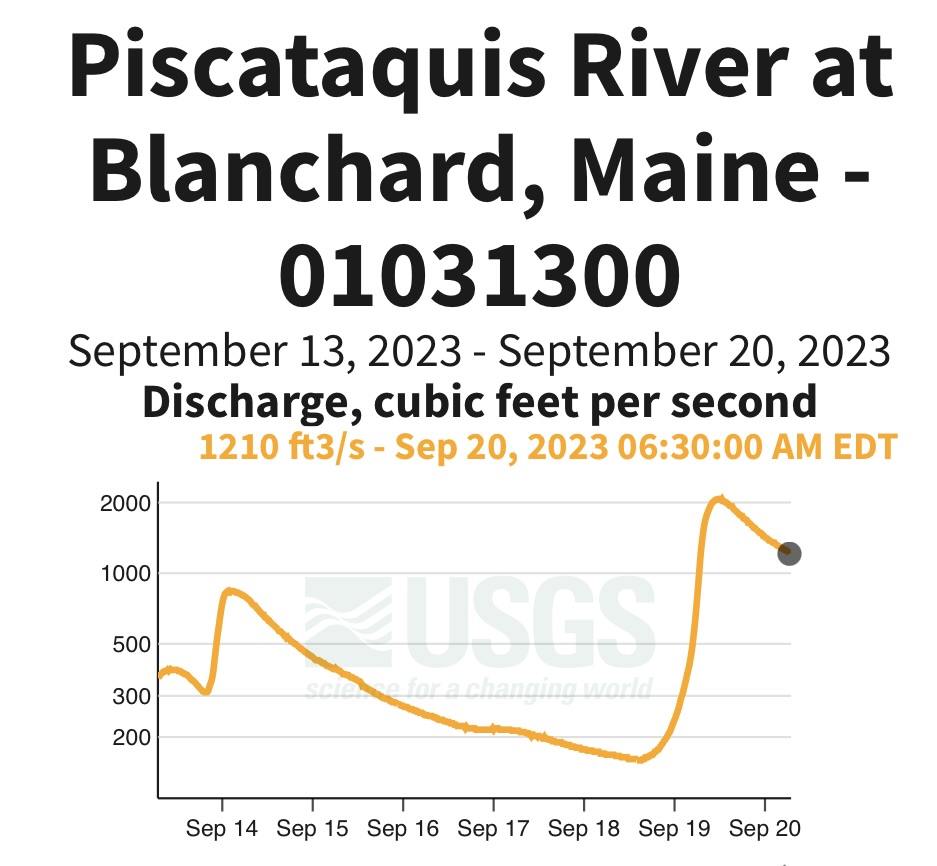
Monson is the final town stop before entering the 100 Mile Wilderness, and the 100 Mile Wilderness is the final section of trail before reaching Mt. Katahdin. These 100 miles are the most remote on the entire trail, with no opportunities to get to a town or resupply. I had to carry six days of food instead of my typical three or four, but other than the slightly heavier pack, the first few days of the 100 Mile Wilderness felt on par with the rest of northern New England—challenging slow-grind terrain sprinkled with moments of breathtaking beauty.
Then in a surprising and uncharacteristic gesture of kindness, the trail gives you a parting gift at the end: 50 easy miles.
Had you not come this far, you might not realize how special this is. From the mid-Atlantic on, the trail crescendoes in ruggedness. Each state gets more and more technically difficult. New Hampshire and southern Maine bring the steepest and most challenging climbs. Then ostensibly out of nowhere, the trail breaks into a flat walk in the woods. It becomes smooth and surprisingly devoid of the typical rocks and roots. Without these constant trip hazards, you can actually look up from your feet. You can hold your head upright and soak in the emerald forest around you.
The AT is a tough old bird. She will usually punish you if you get too cocky, but after 2150 miles of clawing tooth and nail to prove your worth, she bends and shows her gentle side. You’ve passed the test. She is a guarded soul, seemingly afraid of intimacy, but you’ve earned her trust. You get to really look at her, to really see her. It’s a special moment.
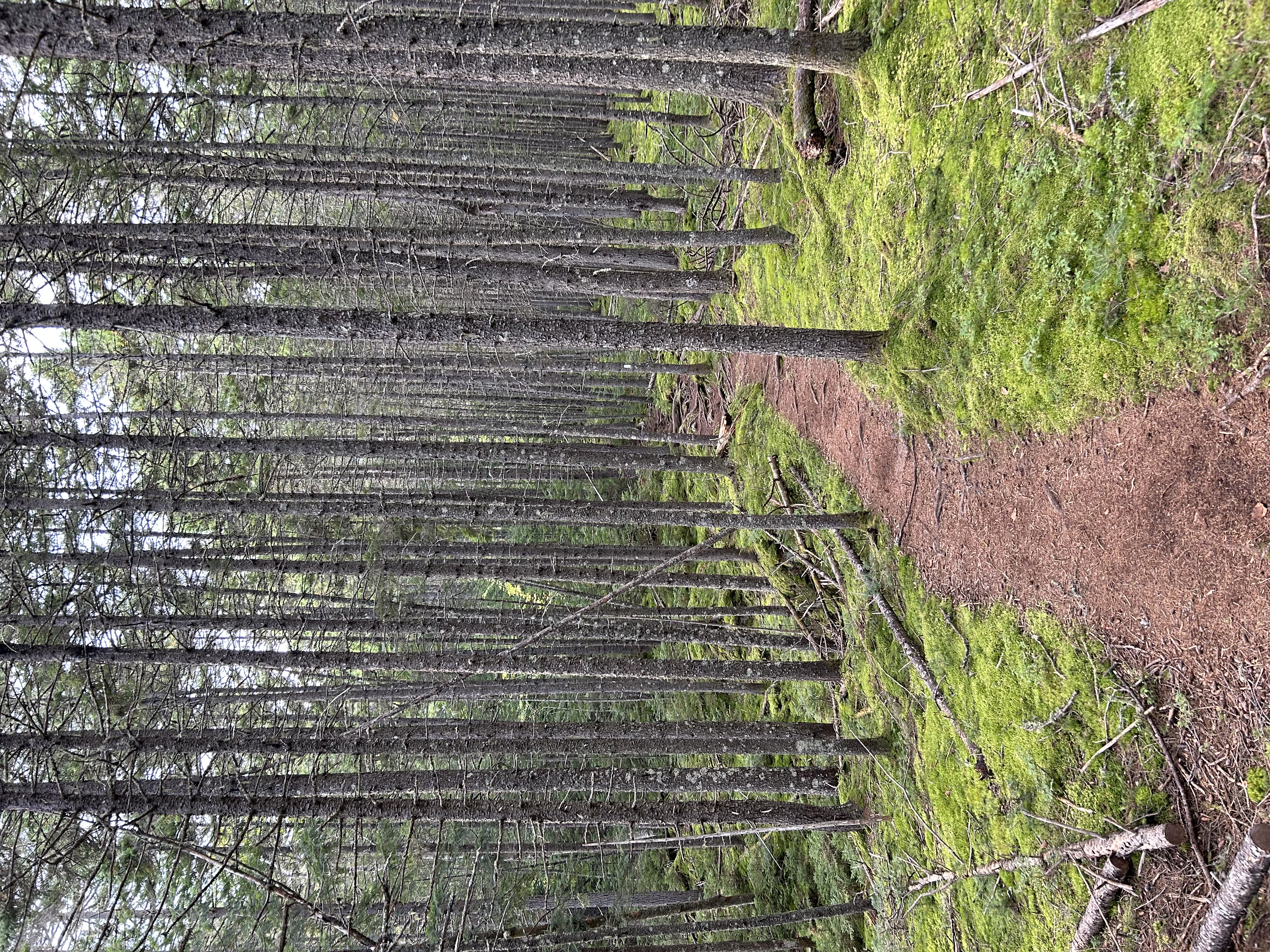
This restorative 50 mile section is a needed respite to prepare for the final ascent up Mt. Katahdin. Standing at 5,269 feet, Mt. Katahdin is the highest mountain in Maine and the northern terminus of the AT. The climb to the summit is extremely steep and rocky. Fortunately I’d been training for this moment for six months. Though the terrain up Mt. Katahdin is some of the most challenging on the entire AT, I felt invincible as I navigated boulders and rock scrambles with ease.
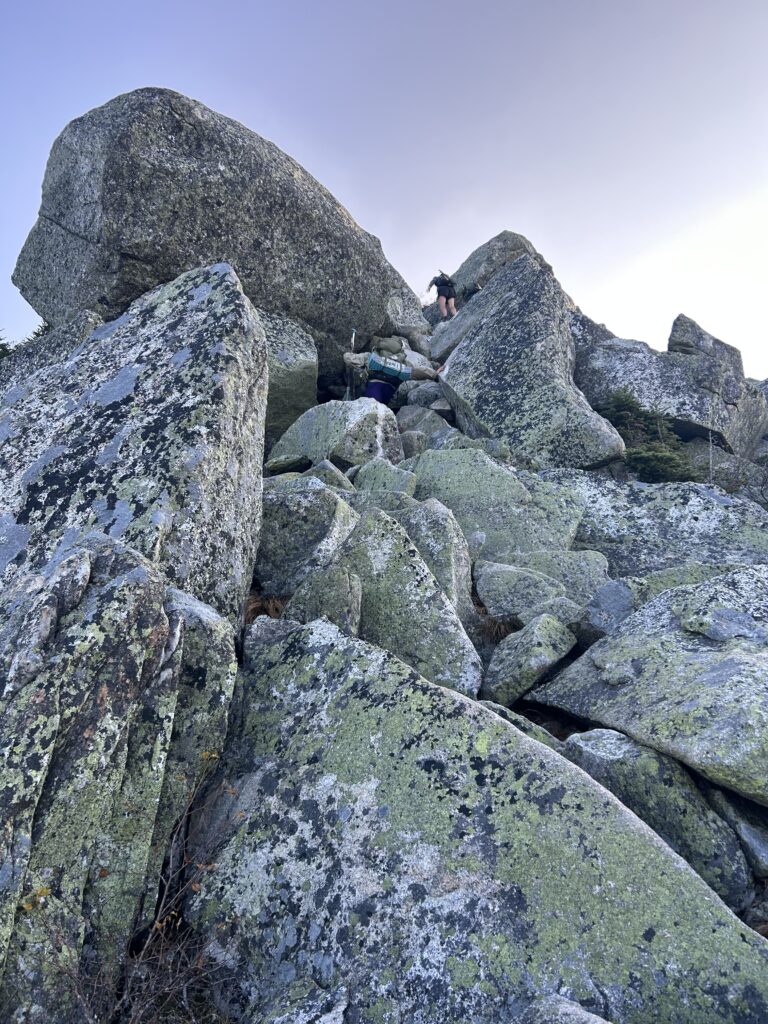
Katahdin means “Great Mountain” by the Penobscot Native Americans. It is a great mountain indeed. The climb to the summit is a momentous and highly symbolic achievement, for obvious reasons. Thru-hikers are often overcome with emotion as they approach the iconic wooden sign that marks the top of the mountain and the end of the AT. There’s a mix of joy, relief, sadness, gratitude, elation, and reflection.
You’ve worked toward this moment every day for six months, and then just like that, you’re done. It’s a strange thing to process the fact that the AT ends. There is always more trail, but then all of a sudden there is no more trail! There are no more white blazes to confirm you’re on the right track and to show you where to go next. You’re going to have to come up with your own white blazes from now on. It’s both liberating and terrifying!
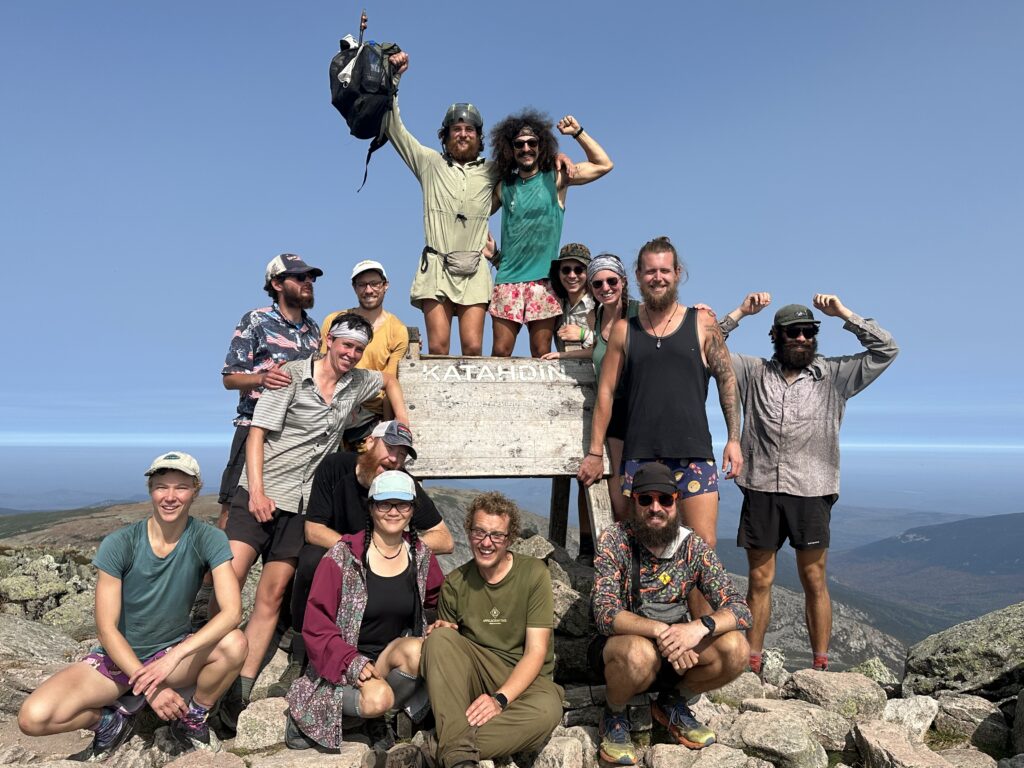
Finishing a thru-hike is a complex and multifaceted experience. It’s a blend of emotions, and the impact can vary from person to person. What remains consistent, however, is the profound sense of achievement and the lasting memories and personal growth that come from the completion of such an epic journey.

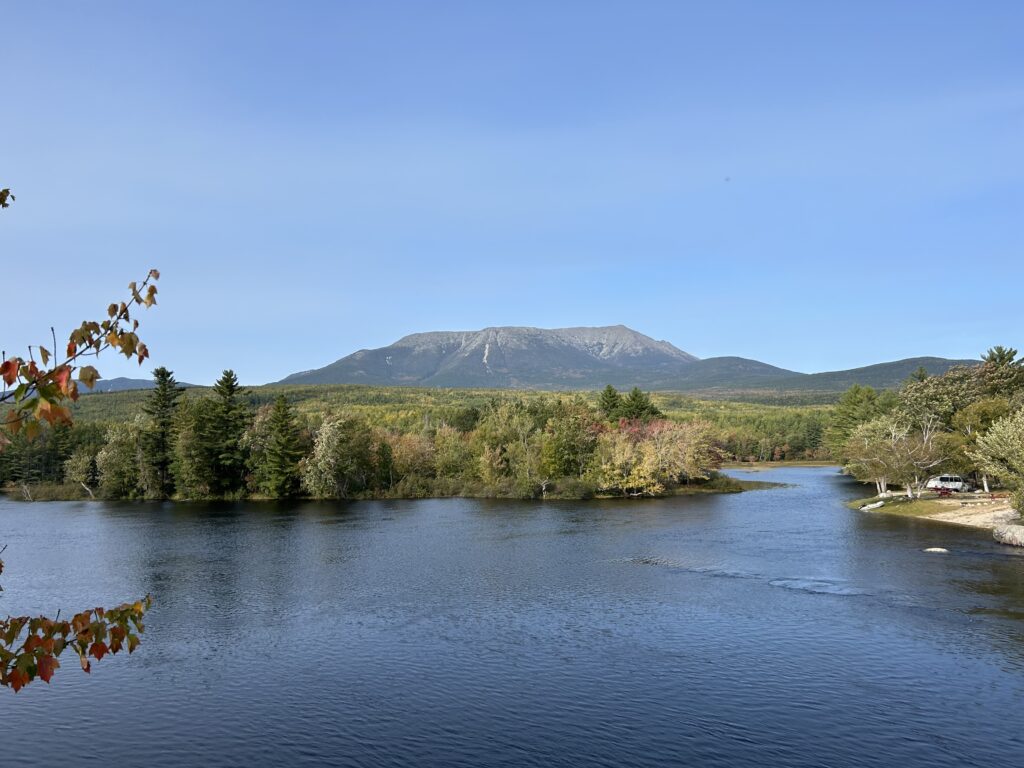
Cograts Kirby! What a great experience! Love your writing!
Thanks Meriel!